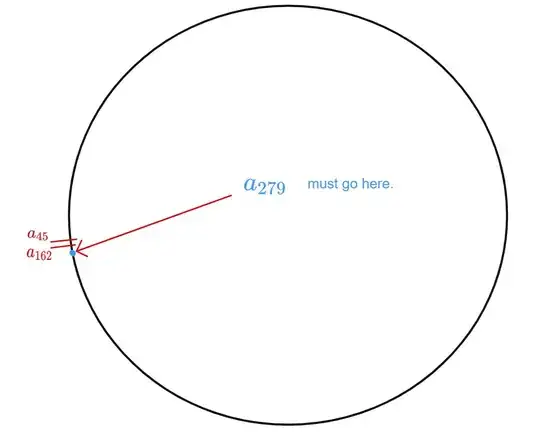Let $x\in \mathbb{R}$ an irrational number. Define $X=\{nx-\lfloor nx\rfloor: n\in \mathbb{N}\}$. Prove that $X$ is dense on $[0,1)$.
Can anyone give some hint to solve this problem? I tried contradiction but could not reach a proof.
I spend part of the day studying this question Positive integer multiples of an irrational mod 1 are dense and its answers. Only one answer is clear and give clues to solve the problem. This answer is the first one. However, this answer does not answer the question nor directly, nor the proof follows from this answer.
This answer has some mistakes, he use that $[(k_1-k_2)\alpha]=[k_1\alpha]-[k_2\alpha]$ which is not true. Consider $k_1=3, k_2=1, \alpha=\sqrt{2}$ we have $[(k_1-k_2)\alpha]=2\not= 3=[k_1\alpha]-[k_2\alpha] $. We only can assure that $[k_2\alpha]-[k_1\alpha]-1\leq [(k_2-k_1)\alpha]\leq[k_2\alpha]-[k_1\alpha]$.
Who answered said something interesting about additive subgroups of $\mathbb{R}$, but unfortunately the set $X=\{nx-[nx] : n\in \mathbb{N} \}$ is not a subgroup. Considering the additive subgroup $G=\langle X \rangle$, if we prove the part (a) of the link, we get that indeed $G$ is dense on $\mathbb{R}$ but we can not conclude that $X$ is dense on $[0,1)$.
I think this problem has not been solved.
Thanks!
